Practicing Steep Turns: Techniques to Improve Pilot Control and Precision
Pilot's Life Blog
JUNE 18, 2025
This increases the load on the wings, requiring more lift to maintain altitude. Practicing this technique enhances your ability to handle the aircraft smoothly in various flight conditions, including turbulence or tight airspace. Perform at safe altitude (3,000–4,000 feet AGL) using increased power (about 200–300 RPM above cruise).


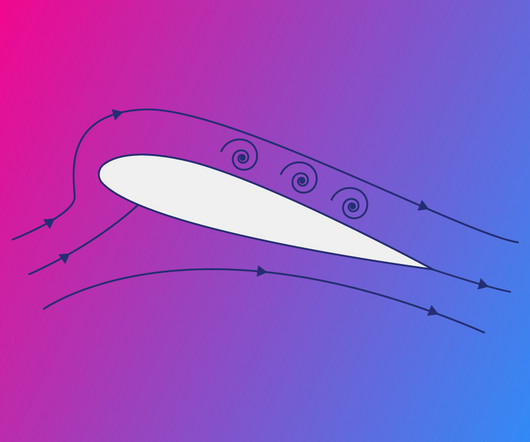

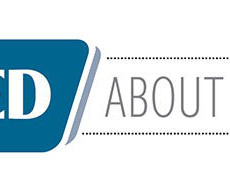


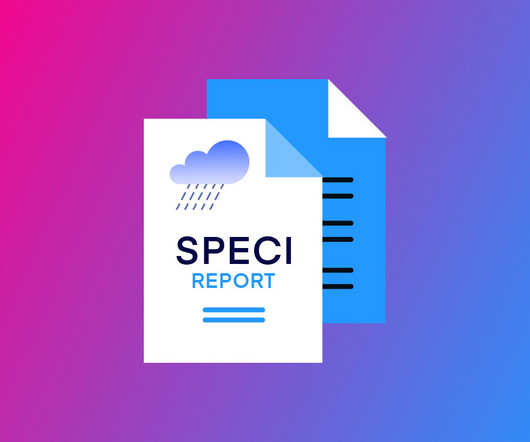
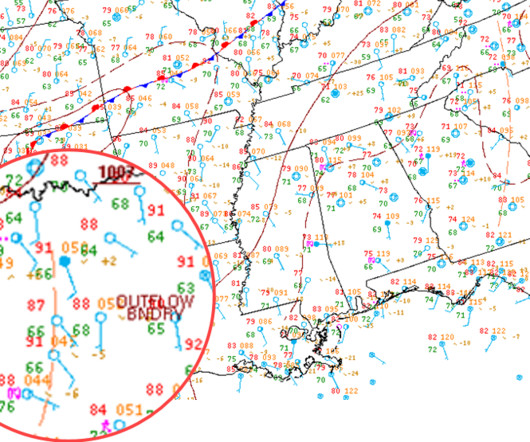
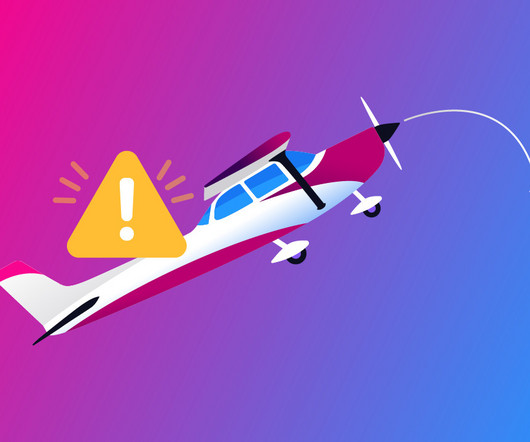

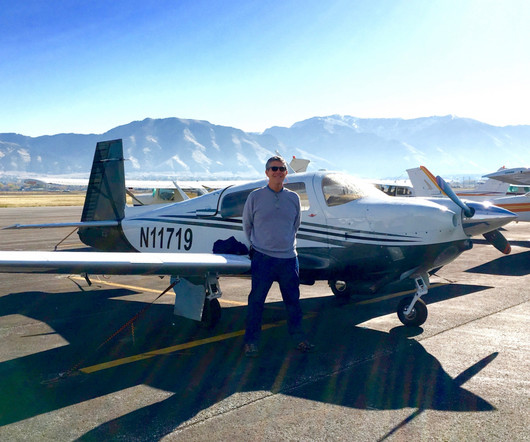







Let's personalize your content